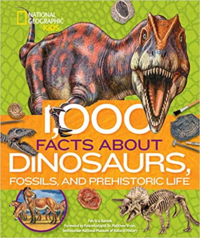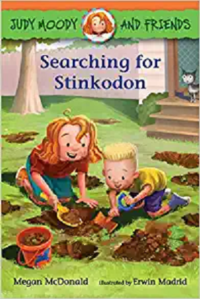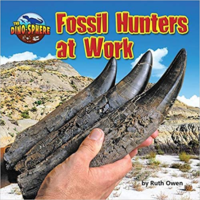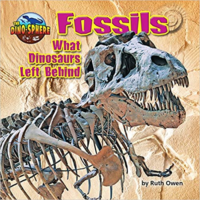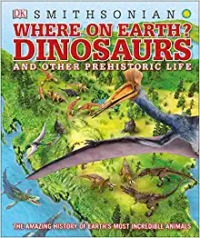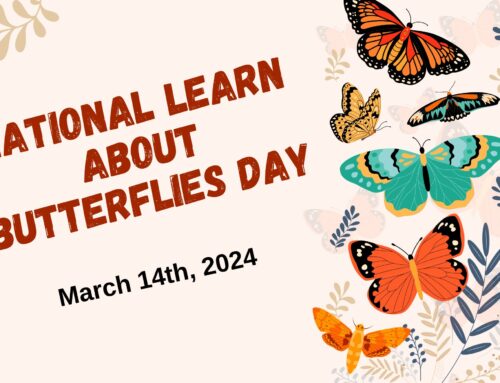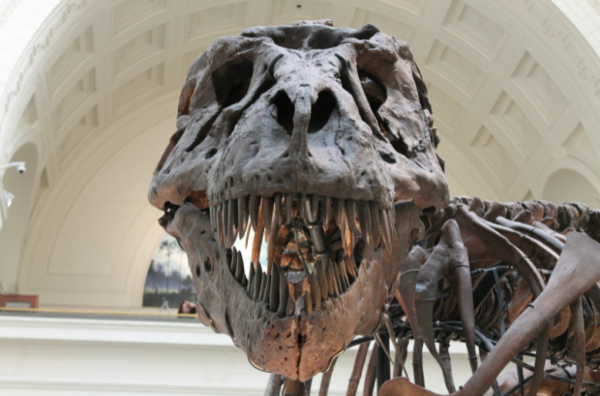
Excavate your own fossils at home while learning all about fossils and where they came from! Registrants will be able to pick up their program kit from the Potomac Branch 1 week before the program. Staff will email registrants to set up a Curbside Pick Up appointment.
1 kit per registration, please.


Types of Fossils
There are two main types of fossils: body and trace fossils.
- Body fossils – Body fossils are fossils where some portion of the actual organism’s body remains as part of the fossil. This might be a tooth or piece of bone.
- Trace fossils – Trace fossils are fossils where there isn’t any actual part of the original organism, but “traces” of the organism are preserved in rocks and minerals. There are many different types of trace fossils including molds, animal tracks, casts, and impressions.
If you want to learn even more about fossils join us for Fossil Dig @ Home on June 25th at 2p.m., where you will get to excavate your very own fossils!

